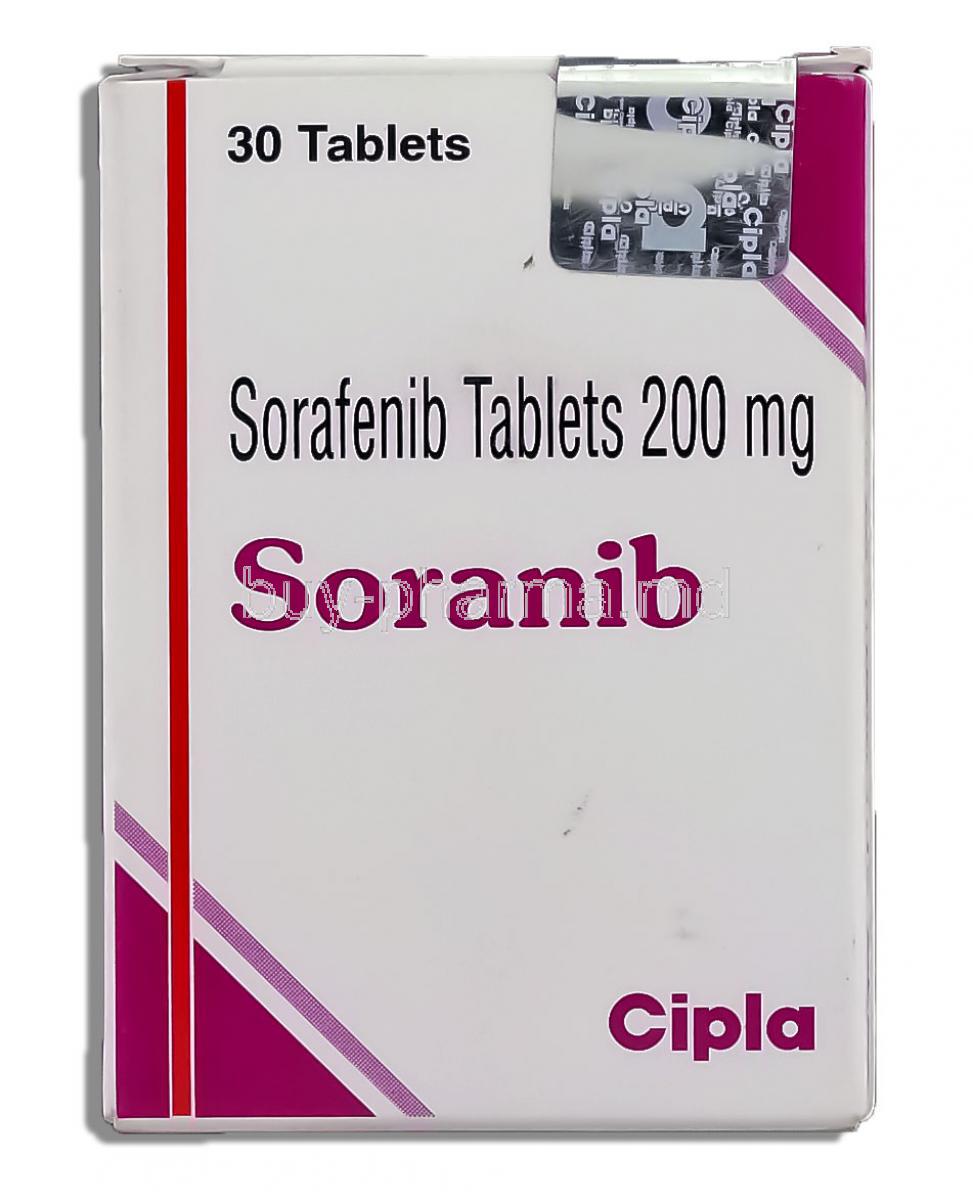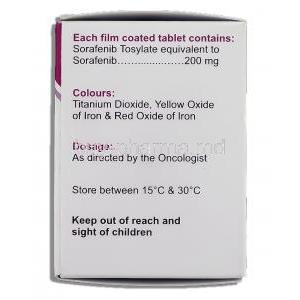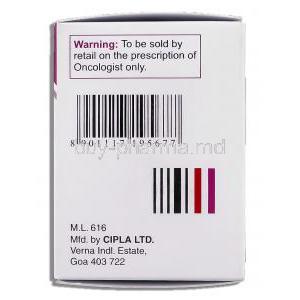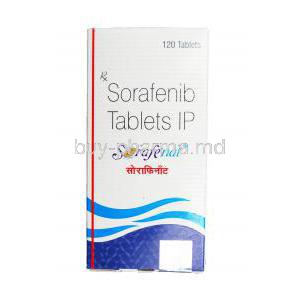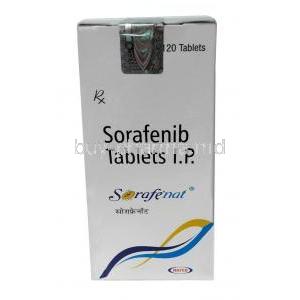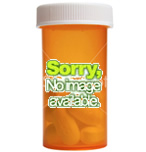Introduction to Soranib (Sorafenib)
Overview of Soranib as a Targeted Anticancer Therapy
Soranib, containing sorafenib tosylate, is a groundbreaking oral therapy engineered to target and disrupt malignant cell growth. Unlike conventional cytotoxic drugs that indiscriminately damage dividing cells, sorafenib selectively interferes with key signaling cascades that fuel tumor expansion and metastasis. Its precision-based approach has reshaped cancer management strategies.
Development History and Approval Status
The evolution of sorafenib stemmed from decades of research in molecular oncology. It emerged as one of the pioneering multikinase inhibitors, gaining early approval for liver and kidney malignancies in the mid-2000s. Regulatory endorsements across multiple jurisdictions validated its clinical potential and established it as a cornerstone in targeted oncology.
Clinical Significance in Oncology Treatment
Soranib has redefined the therapeutic landscape for advanced cancers, particularly in cases where curative interventions are limited. By prolonging progression-free survival and offering symptom palliation, it has become indispensable in multidisciplinary cancer care.
Composition and Formulation
Active Pharmaceutical Ingredient: Sorafenib Tosylate
The therapeutic foundation of Soranib lies in sorafenib tosylate, a potent multikinase inhibitor that exerts antineoplastic effects through simultaneous blockade of intracellular and cell-surface kinases.
Available Strengths and Dosage Forms
Soranib is typically formulated as oral tablets in various strengths, ensuring flexibility in dose adjustments. This tablet form enhances patient compliance, especially during long-term therapy.
Excipients and Inactive Ingredients
Alongside its active compound, Soranib includes pharmaceutical excipients designed to optimize bioavailability, maintain tablet integrity, and ensure consistent therapeutic delivery.
Mechanism of Action: How Soranib Works
Role as a Multikinase Inhibitor
Soranib targets multiple kinases integral to oncogenic signaling. By suppressing these enzymatic pathways, it interrupts tumor proliferation at a molecular level.
Inhibition of Tumor Cell Proliferation Pathways
- Downregulation of the RAF/MEK/ERK cascade
- Suppression of cellular replication signals
- Reduction of metastatic potential
Anti-Angiogenic Effects through VEGFR and PDGFR Blockade
Soranib also obstructs angiogenesis by inhibiting vascular endothelial growth factor receptors (VEGFR) and platelet-derived growth factor receptors (PDGFR). This dual blockade starves tumors of blood supply, halting their growth momentum.
Distinction from Conventional Chemotherapy
Unlike traditional chemotherapy, which indiscriminately affects normal and malignant cells, sorafenib’s selectivity minimizes collateral tissue damage and improves tolerability.
Approved Medical Uses
Treatment of Hepatocellular Carcinoma (HCC)
Soranib is recognized as a first-line systemic therapy for advanced liver cancer, significantly extending overall survival in affected patients.
Indications in Advanced Renal Cell Carcinoma (RCC)
In metastatic RCC, sorafenib provides disease stabilization and symptom relief, particularly in patients unresponsive to prior immunotherapies.
Use in Differentiated Thyroid Carcinoma Resistant to Radioactive Iodine
For patients with refractory thyroid carcinoma, Soranib offers a novel line of defense, delaying disease progression and improving clinical outcomes.
Duration of Therapy and Monitoring Requirements
Therapy is generally continuous until disease progression or intolerable toxicity occurs. Routine monitoring of liver function, cardiovascular status, and dermatologic changes is mandated throughout treatment.
Off-Label and Investigational Uses
Potential Application in Soft Tissue Sarcoma
Preliminary studies suggest efficacy in certain sarcoma subtypes, broadening Soranib’s oncological scope.
Use in Non-Small Cell Lung Cancer (NSCLC) Research
Clinical trials continue to assess the role of sorafenib in advanced NSCLC, with promising signals of disease stabilization.
Investigations in Melanoma Management
Research has indicated that Soranib may enhance outcomes when integrated into melanoma treatment regimens, particularly in resistant disease.
Role in Gastrointestinal Stromal Tumors (GIST) Resistant to Imatinib or Sunitinib
For GIST patients unresponsive to established therapies, sorafenib is being explored as a salvage option with encouraging clinical responses.
Dosage and Administration Guidelines
Standard Recommended Dosage for Adults
The usual dosage for adults involves twice-daily oral administration, maintaining consistent plasma concentrations for sustained therapeutic effect.
Timing and Method of Administration
Soranib should be taken without high-fat meals to maximize absorption. Tablets are ingested whole with water.
Adjustments for Hepatic or Renal Impairment
Dosage adjustments may be necessary for patients with compromised liver or kidney function, guided by clinical evaluation and laboratory monitoring.
Guidance for Dose Modifications in Case of Toxicity
In cases of intolerable adverse reactions, stepwise dose reductions or temporary discontinuation may be recommended to maintain therapeutic continuity while preserving safety.
Administration in Special Populations
Elderly Patients: Safety, Tolerability, and Dose Adjustments
Older adults may exhibit heightened sensitivity to sorafenib, necessitating vigilant monitoring for cardiovascular and dermatologic toxicity.
Pregnant Women: Risks of Teratogenicity and Fetal Harm
Use during pregnancy is contraindicated due to the potential for fetal developmental toxicity and adverse outcomes.
Nursing Mothers: Breastfeeding Considerations and Contraindications
Breastfeeding should be avoided during sorafenib therapy, as drug excretion into breast milk poses risks to the infant.
Pediatric Use: Safety Profile, Clinical Trials, and Restrictions
The safety and efficacy of sorafenib in pediatric populations remain under investigation. Its use in children is limited to controlled clinical trial settings.
Side Effects of Soranib
Common Side Effects
Soranib, like other targeted anticancer therapies, is associated with a spectrum of predictable adverse effects. Most patients experience tolerable, yet persistent symptoms that require clinical vigilance.
Diarrhea and Gastrointestinal Discomfort
Frequent bowel disturbances are common. Patients may report abdominal cramping, nausea, or loose stools. Adequate hydration, dietary adjustments, and antidiarrheal medications are often employed to mitigate these effects.
Fatigue and Weakness
Chronic fatigue, diminished energy, and generalized weakness are frequently observed. These symptoms may impair daily functioning, necessitating rest intervals or adjustments in physical activity.
Weight Loss and Loss of Appetite
Metabolic changes and gastrointestinal irritation often result in appetite suppression and unintentional weight reduction. Nutritional support, including high-calorie supplements, is recommended to prevent malnutrition.
Rash, Hand-Foot Skin Reaction, and Alopecia
Cutaneous reactions, including erythematous rashes, desquamation, and alopecia, are hallmark adverse effects. Hand-foot syndrome, characterized by pain, swelling, and redness on palms and soles, may require dose modification or topical treatment.
Serious Adverse Reactions
Hypertension and Cardiovascular Events
Soranib may induce elevated blood pressure and exacerbate pre-existing hypertension. In rare cases, cardiac ischemia, arrhythmias, or myocardial infarction can occur, necessitating immediate intervention.
Hemorrhage and Gastrointestinal Perforation
Bleeding tendencies are increased due to vascular effects. Severe hemorrhagic events and gastrointestinal perforations, though rare, represent life-threatening complications requiring urgent medical management.
Hepatotoxicity and Renal Impairment
Liver enzyme elevations and hepatic injury are significant risks. Similarly, renal impairment, sometimes progressing to acute kidney injury, has been documented. Regular monitoring of liver and kidney function tests is mandatory.
Risk of QT Prolongation and Cardiac Ischemia
Soranib can prolong the QT interval, predisposing patients to arrhythmic complications. Electrocardiographic surveillance is warranted in individuals with cardiac comorbidities.
Drug Interactions
Interactions with CYP3A4 Inhibitors and Inducers
Soranib is metabolized by the CYP3A4 enzyme. Strong inhibitors may elevate drug levels, intensifying toxicity, while inducers may reduce efficacy. Clinicians must evaluate concomitant medications carefully.
Effects with Anticoagulants and Antiplatelet Agents
When combined with anticoagulants, sorafenib can amplify bleeding risk. Dose adjustments and coagulation monitoring are essential for patients on warfarin, heparin, or antiplatelet therapy.
Combination with Other Anticancer Therapies
Concurrent use with other kinase inhibitors or cytotoxic drugs may enhance therapeutic efficacy but also escalate toxicity. Such regimens require judicious balancing of risks and benefits.
Food and Herbal Supplement Interactions
Grapefruit juice, St. John’s Wort, and other herbal supplements can significantly alter drug metabolism, leading to either subtherapeutic effects or heightened adverse reactions. Patients should avoid such combinations.
Warnings and Important Precautions
Monitoring for Cardiac and Hepatic Function
Routine monitoring of electrocardiograms, blood pressure, and liver enzymes is critical. Early detection of organ dysfunction improves patient outcomes.
Precautions in Patients with Bleeding Disorders
Soranib heightens hemorrhagic risk, especially in patients with coagulopathies or recent surgical interventions. Careful patient selection and surveillance are necessary.
Dermatologic Reactions and Management Strategies
Skin reactions are common. Use of emollients, topical steroids, and dose modifications can alleviate dermatologic toxicity and improve quality of life.
Risk of Impaired Wound Healing
Soranib interferes with angiogenesis, delaying tissue repair. It should be discontinued prior to major surgery and resumed only after adequate healing.
Reproductive Risks and Contraception Requirements
Teratogenic risks mandate effective contraception for both male and female patients during therapy and for a period after discontinuation. Pregnancy is strictly contraindicated.
Contraindications
Known Hypersensitivity to Sorafenib or Excipients
Patients with documented allergic reactions to sorafenib or its components should not receive the drug.
Contraindicated in Pregnancy and Breastfeeding
Exposure during pregnancy or lactation can cause severe harm to the fetus or infant. The drug is contraindicated in these populations.
Absolute Contraindications in Severe Uncontrolled Conditions
Patients with uncontrolled cardiovascular disease, severe hepatic failure, or acute infections should not be administered sorafenib.
Careful Administration Considerations
Patients with Cardiovascular Disease or Uncontrolled Hypertension
Blood pressure control and cardiac monitoring must precede and accompany therapy initiation to mitigate cardiovascular complications.
Patients with Hepatic or Renal Dysfunction
Dosage adjustments and frequent laboratory assessments are imperative for individuals with pre-existing liver or kidney impairment.
Polypharmacy and Elderly Frail Patients
Elderly patients often take multiple medications, raising the risk of drug-drug interactions and cumulative toxicity. Careful dose titration and surveillance are required.
Close Monitoring During Therapy Initiation and Escalation
The initiation phase demands meticulous monitoring to assess tolerability and guide timely dose modifications.
Overdosage and Emergency Management
Clinical Signs of Overdose
Severe hypertension, profuse diarrhea, dermatologic eruptions, and extreme fatigue may signify overdose. Prompt recognition is essential.
Supportive and Symptomatic Management Protocols
There is no specific antidote for sorafenib overdose. Management involves symptomatic care such as antihypertensives, fluid replacement, and dermatologic support.
Need for Hospitalization and Monitoring in Suspected Overdose
Hospital admission ensures continuous monitoring of vital signs, cardiac function, and organ systems, reducing mortality risks associated with overdose.
Storage and Handling Precautions
Recommended Storage Conditions
Tablets should be stored in a cool, dry environment, away from excessive light and moisture. Temperature stability preserves drug potency.
Shelf Life and Stability Information
The shelf life is determined by manufacturing standards and should be strictly observed to avoid diminished efficacy.
Safe Handling for Caregivers and Healthcare Professionals
Gloves are recommended for caregivers handling tablets, especially when tablets are broken or crushed, to prevent dermal exposure.
Disposal Instructions for Unused or Expired Medication
Expired or unused medication must be disposed of through authorized medical waste systems, avoiding household disposal to reduce environmental contamination.

